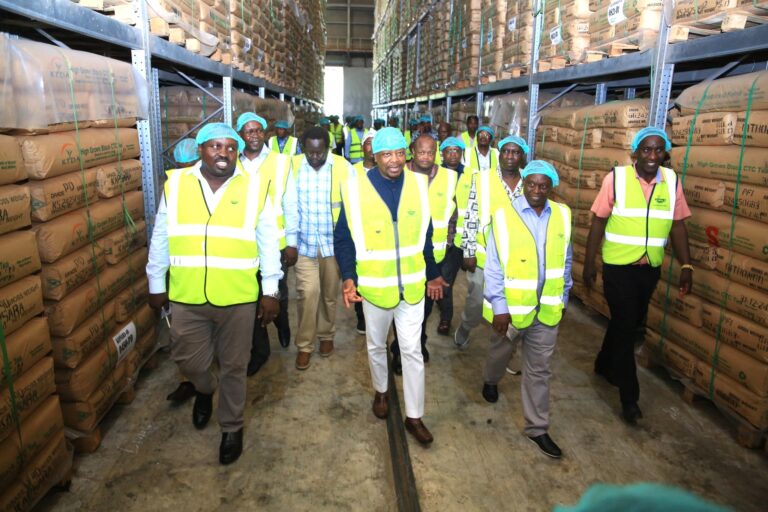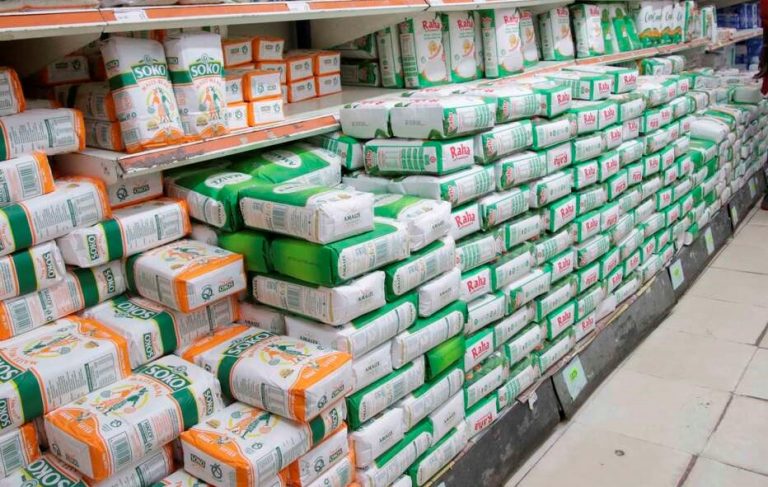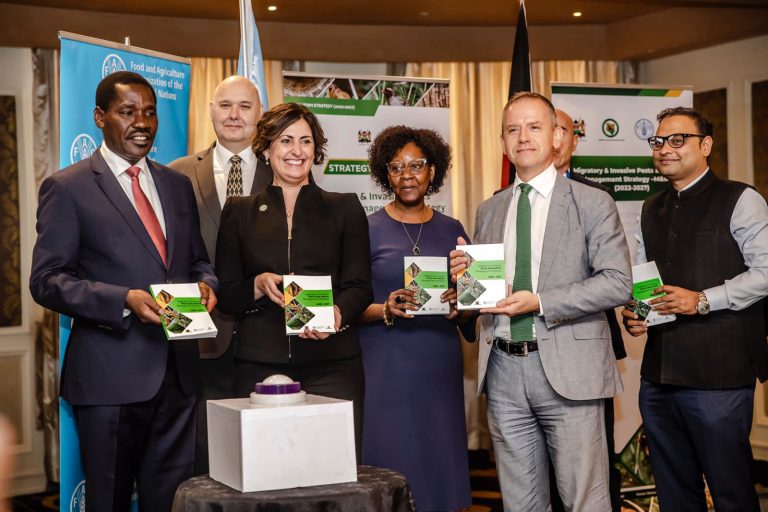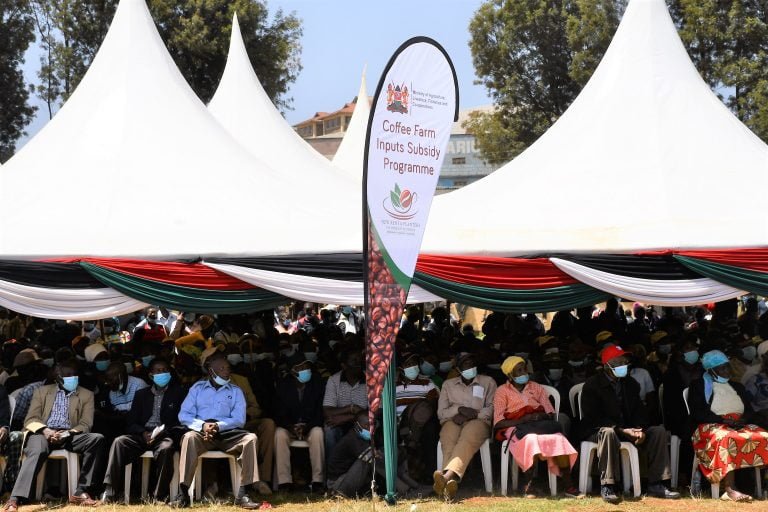The government is emphasizing on improving tea farmers’ earnings in the continuing tea reforms in the country.
Agriculture CS Peter Munya says that various measures are being put into place to increase tea prices for the farmer and the country to benefit from the good quality of tea in the country.
“One of the major elements of the reform agenda has been to transform the price discovery mechanism through automation of the tea Auction trading platform. The automated system has already been implemented by the Auction Organizer. Among the key benefits from the initiative has been the elimination of the need of traders to be physically present in the auction room which has enabled tea trade to continue uninterrupted during this time of Covid-19 pandemic,” says Munya.
However, the CS says there still exist several challenges that were characteristic of the open cry system, including lack of anonymous bidding which may perpetuate collusion, unrestricted withdrawal of bids which results to out lots and sharing of lots which results in decreased competition and single as opposed to multi-bidding thus leading to more auction days.
In the last few weeks, there has been a sharp decline in tea prices at the Mombasa Tea Auction. The average prices recorded in the Auction has dropped to an all-time low of USD1.80. This is much lower compared to an average price of USD2.09 recorded during the same period last year and USD2.23 for the same period in the year 2019. This price is not only lower compared to the previous years but is also almost at par with the cost of production which currently stands at approximately USD1.70 and therefore not sustainable as farmers are now operating at a loss. It is important to note that the smallholder sub-sector, which accounts for 56% of the national production is the most affected.
The low tea prices are a threat to the livelihoods of over 620,000 smallholder farmers and the country’s socio-economic growth. “If this worrying trend is not urgently addressed, there is a high risk that farmers may abandon the tea farming and shift to other economic activities, thus affecting the over 6.5 million Kenyans who depend on the tea value directly and indirectly,” says Munya.
Munya says that high production has also been cited as one of the contributory factors for the decline in tea prices. Last year there was a record production of 569 Million Kgs compared to 458 Million Kgs in 2019, representing an increase of 110 Million Kgs (24%). This huge increase created close to 50 Million Kgs stocks, part of which is still being held as excess stock.
However, he says that the indication for the current year is that production will significantly come down. “Going by the production in the first five months of the year, which stood at 230 Million Kgs against 254 Million Kgs the same period last year, we are already 24 Million Kgs lower. In the remaining period, we project a significant reduction in production to a level that will make it possible for the produce to be readily absorbed by the market. In view of this, we should now be realizing fairly improved tea prices than what is currently being recorded at the auction,” opines the CS.
To address the issue of dipping prices and to secure the sustainability of the tea industry, the CS says immediate interventions will be carried out.
From today, Smallholder tea producers shall set a reserve minimum average price at the Auction based on the cost of production, the grade of the tea and a reasonable return to the tea farmer. This means that no tea will be sold at the auction for a lower price than the reserved minimum one. This will apply even where direct sales are involved.
The smallholder producers are expected to strategically manage their supplies of black CTC to the Auction. This will include diversification into Orthodox tea production which should be enhanced especially during the flash periods. The Government Munya says is willing to partner with the smallholder producers to facilitate diversification into Orthodox manufacture as well as in its marketing and promotion. The CS says that supply will be balanced to control prices as tea can be stored for a long time.
KTDA has had challenges in storing excess tea due to the shortage of space that the CS says will now be addressed to ensure that tea is not rushed to the market even when the prices are low due to lack of storage space. He says that discussions are ongoing so that KTDA can use warehouses belonging to other government institutions like New KPCU, Kenya National Trading Corporation (KNTC) and National Cereals Produce Board (NCPB)
Smallholder tea farmers have also been requested to reengineer their processes to cut down on operational inefficiencies and wastage. “On its part, the Government through my Ministry and in collaboration with other state agencies will facilitate support for the reduction of farm inputs cost and costs associated with storage, transportation logistics and port handling. Specifically, my Ministry is exploring the possibility of the use of SGR as an affordable alternative for transporting tea to the port of Mombasa. The smallholder producers on their part must explore competitive rates for transportation of the tea to the storage facilities (the “first mile”). This will lead to significant savings and consequently enhance growers’ earnings,” says the CS.
The smallholder factories management together with the Tea Board of Kenya and the other relevant government agencies will be expected to urgently address the malpractices surrounding the falsification and manipulation of weighing of green leaf at the tea buying centres to ensure that farmers derive maximum benefit from their produce.












